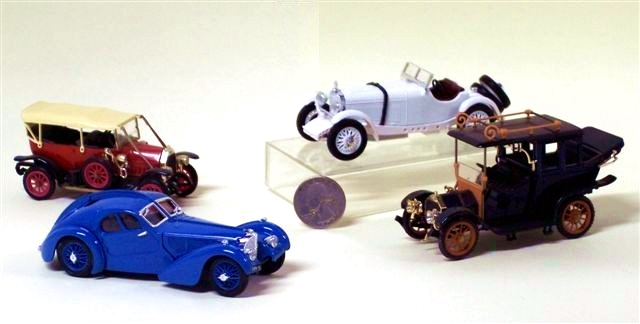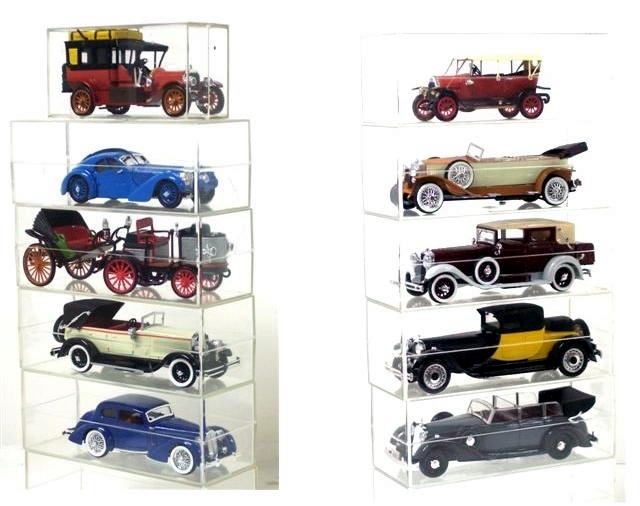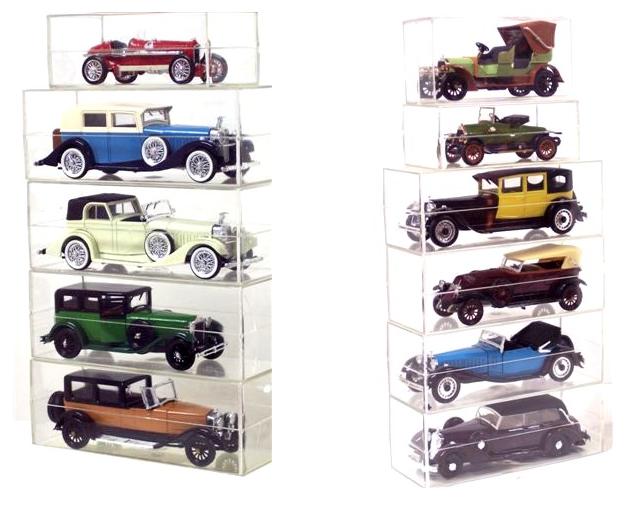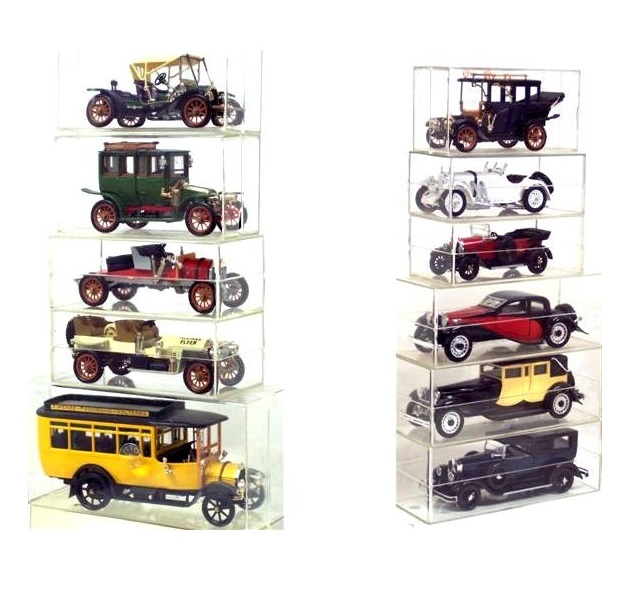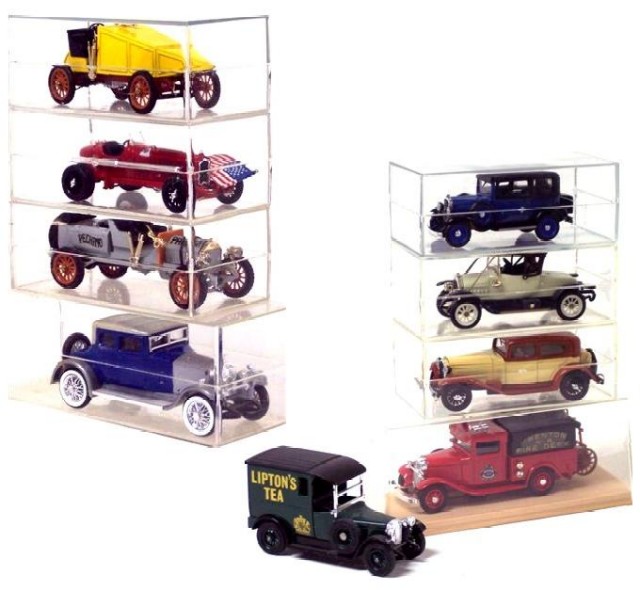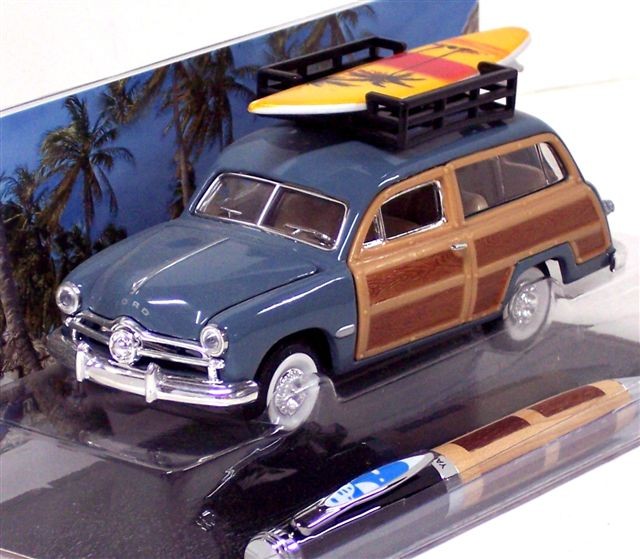
Virtually all the 1:43 scale diecast in the museum collection are Rio vehicles produced in the early 1980s. To protect against dust, they have been displayed in their original clear plastic cases since new and have been shown in a large, vertical glass and wood display case for the last 25 years. The detail of the Rio vehicles is wonderful, but a lot of plastic is used for very small parts. Having become fragile over time, care must be taken to avoid breaking it. Overall, the Rio models are surprisingly sturdy, and quite lovely.
It appears these earlier models are better quality than the present 1:43 offerings, but I have only website photos for comparison. I definitely would continue to collect Rio but for lack of space. There are far fewer Solido vehicles in the collection than I would like.
